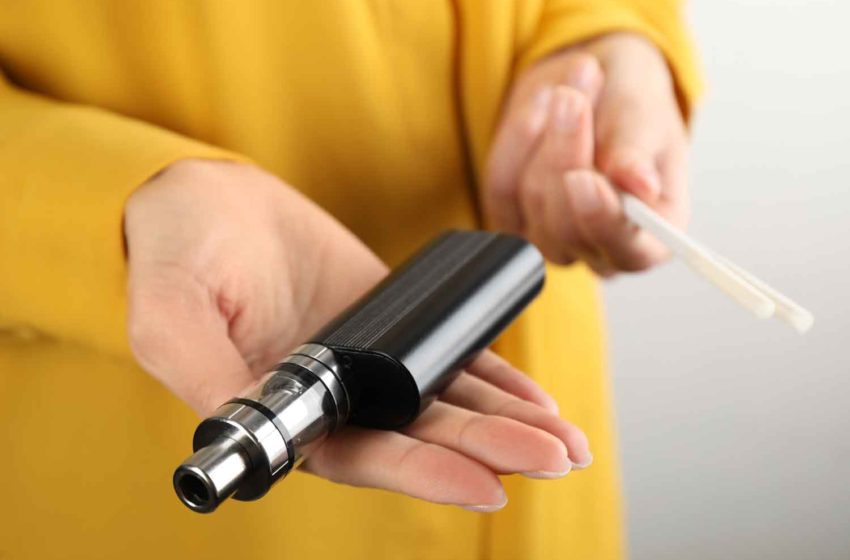
Tobacco harm reduction will be absent at the 10th Conference of the Parties (COP10) to the Framework Convention on Tobacco Control (FCTC), according to new briefing paper published by the Global State of Tobacco Harm Reduction (GSTHR).
Scheduled for Nov. 20-23 in Panama City, COP10 will have a significant influence how tobacco policies are implemented at a national level, which in turn will determine the future of safer nicotine products such as e-cigarettes, heat-not-burn products and nicotine pouches.
To determine the potential impact of the conference on tobacco harm reduction, the GSTHR analyzed the COP10 agenda and supporting documents.
The GSTHR’s analysis indicates that at present, tobacco harm reduction and its potential to reduce smoking-related death and disease are entirely missing from the proceedings. The publicly available documentation ahead of the FCTC COP10 presents safer nicotine products as a threat to tobacco control rather than as potential tools to support a switch from smoking and reduce high-risk tobacco use.
Parties to the FCTC are expected to be encouraged to classify and regulate nicotine vapes, snus, nicotine pouches and heated tobacco products in the same way as tobacco and combustible tobacco. This risks removing or reducing access to safer options from people who already use them and may return to smoking—and from people who smoke and have the potential to switch and improve their health, according to the GSTHR, which is a project of Knowledge Action Change (KAC).

The WHO and FCTC Secretariat’s refusal to engage with evidence from multiple countries that have witnessed accelerated declines in smoking rates is unscientific and unjustifiable.
Gerry Stimson, director, KAC
“Having observed the WHO’s activities on this issue for some time, many are unsurprised that the FCTC COP10 meeting papers reveal a concerning direction of travel,” said KAC Director Gerry Stimson in a statement.
“The WHO and FCTC Secretariat’s refusal to engage with evidence from multiple countries that have witnessed accelerated declines in smoking rates is unscientific and unjustifiable. Their repeated characterization of safer nicotine products as a threat to tobacco control runs directly counter to what should be the overarching goals of the Convention–to reduce smoking-related deaths and disease as rapidly and effectively as possible.
“People who use safer nicotine products are barred and have no voice at the FCTC COP10. Those Parties who have successfully adopted and supported access to these products as effective tools for smoking cessation must ensure that their own progress is not hindered by COP decisions—and that the potential for tobacco harm reduction is given due consideration by all Parties present in Panama next month.”


















